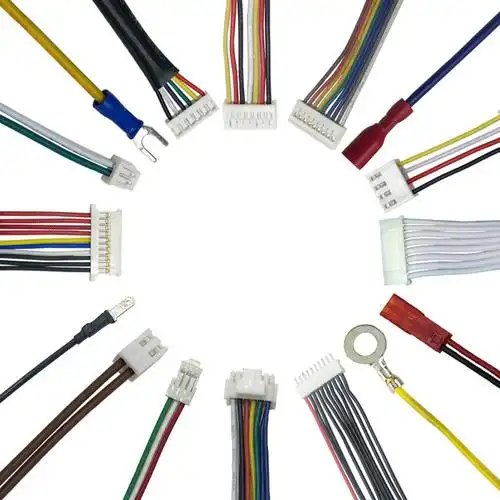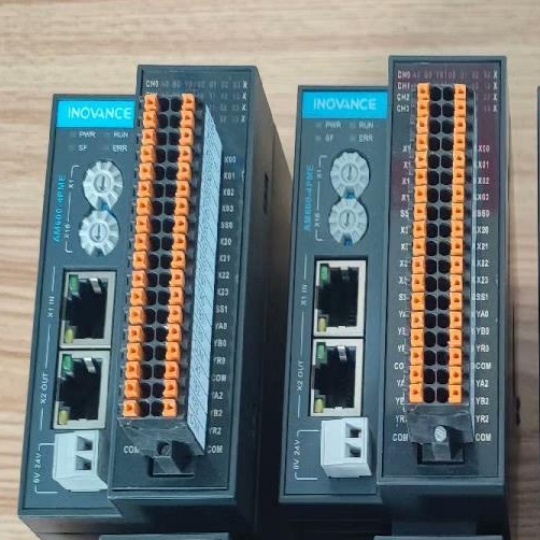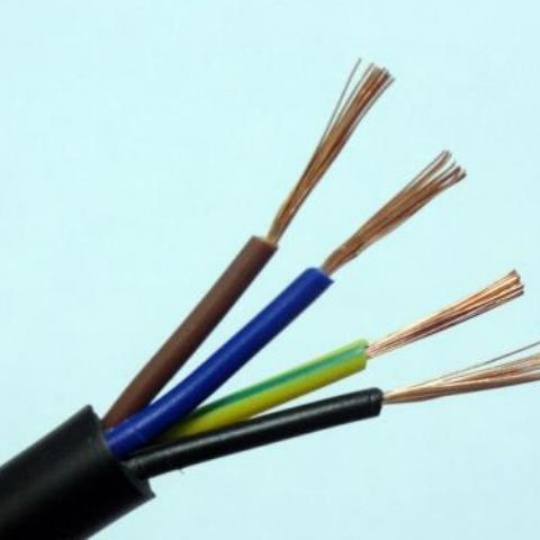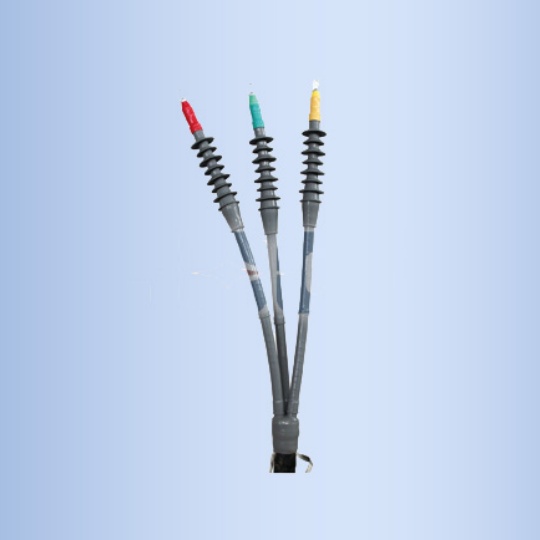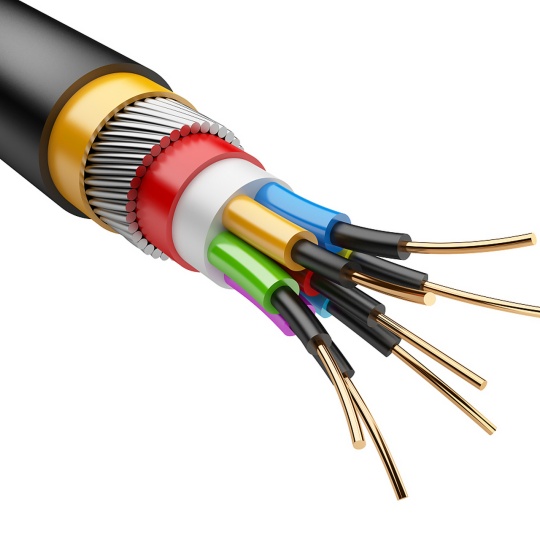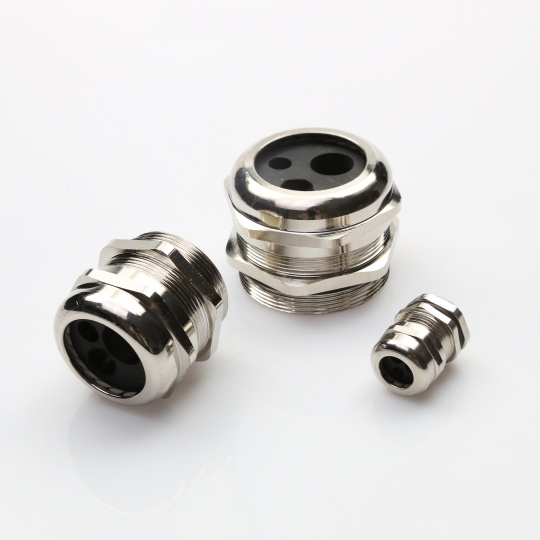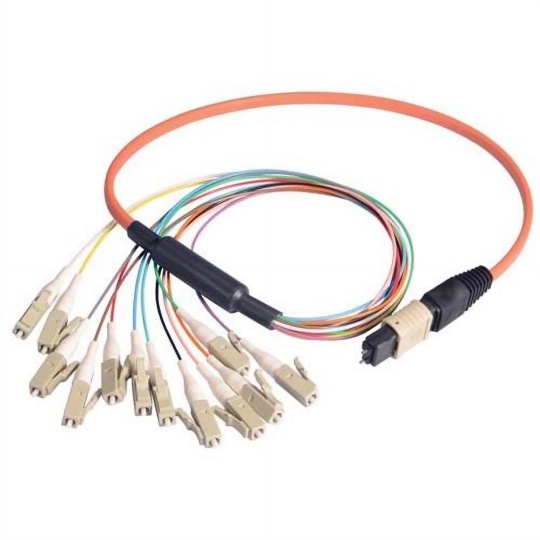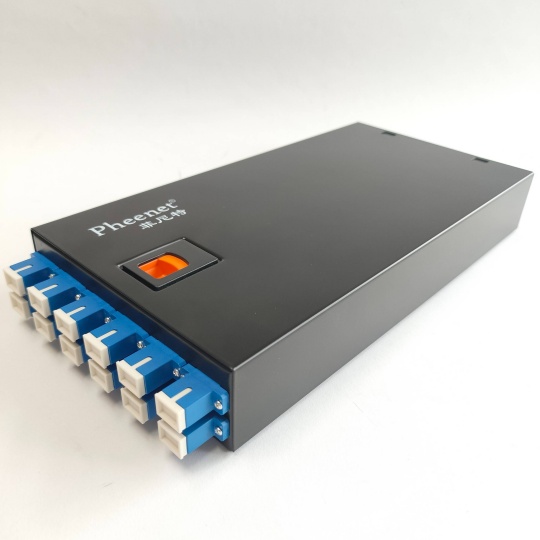Nanomaterials in Cable Assemblies: Application Prospects and Future T...
Introduction
The rapid evolution of nanotechnology has opened groundbreaking opportunities across industries, and the cable assembly sector is no exception. As demand grows for faster, safer, and more durable electrical systems, nanomaterials are emerging as a game-changer. This article explores the transformative potential of nanomaterials in cable assemblies, their current applications, benefits, challenges, and future trends—providing actionable insights for engineers, manufacturers, and tech enthusiasts.
Why Nanomaterials Matter in Cable Assemblies
Nanomaterials—particles smaller than 100 nanometers—possess unique electrical, thermal, and mechanical properties. When integrated into cable assemblies, they address critical limitations of traditional materials:
- Enhanced Conductivity: Materials like carbon nanotubes (CNTs) and graphene offer superior electrical conductivity compared to copper or aluminum. This reduces energy loss and improves signal transmission in high-frequency applications like 5G networks.
- Heat Resistance: Nano-coatings (e.g., ceramic nanoparticles) improve thermal stability, enabling cables to operate safely in extreme temperatures (e.g., aerospace or industrial settings).
- Durability: Nanocomposites reinforce mechanical strength, reducing wear and tear in dynamic environments like robotics or automotive systems.
- Lightweight Design: Replacing bulky metal components with nanomaterials cuts weight, a critical factor in aerospace and electric vehicles (EVs).
Key Applications of Nanomaterials in Cable Assemblies
1. High-Speed Data Transmission
The rise of IoT, AI, and 5G demands cables that handle terabit-level data without interference. Silver nanowires and graphene-based coatings minimize signal attenuation, making them ideal for data centers and telecommunications infrastructure.
2. Energy Efficiency in Power Cables
Copper-graphene hybrid cables are being tested for power grids and EV charging stations. These hybrids reduce resistive losses by up to 30%, enhancing energy efficiency and sustainability.
3. Flexible and Wearable Electronics
Nanomaterial-infused polymers enable ultra-flexible, stretchable cables for wearable devices and medical sensors. For instance, gold nanoparticle-embedded fibers maintain conductivity even when bent or twisted.
4. Extreme Environment Performance
In oil and gas or space exploration, cables face corrosive chemicals, radiation, and temperature swings. Nanocoatings like titanium dioxide (TiO₂) provide corrosion resistance, while boron nitride nanotubes (BNNTs) shield against radiation.
Challenges and Solutions
While promising, integrating nanomaterials into cable assemblies isn’t without hurdles:
- Cost: Production of nanomaterials like graphene remains expensive. However, scalable manufacturing methods (e.g., chemical vapor deposition) are lowering costs.
- Safety Concerns: Nanoparticle inhalation risks during production require strict workplace safety protocols.
- Standardization: Lack of universal testing standards delays adoption. Collaborative efforts like the IEC’s nanotechnology committee aim to bridge this gap.
Future Trends to Watch
- Self-Healing Cables: Researchers are developing polymers embedded with nanocapsules that release healing agents when cracks form, extending cable lifespan.
- Smart Cables: Nanosensors embedded in cables could monitor temperature, strain, or damage in real time, enabling predictive maintenance for industries like wind energy.
- Eco-Friendly Solutions: Biodegradable nanomaterials (e.g., cellulose nanofibers) may replace plastics in low-impact cable designs.


